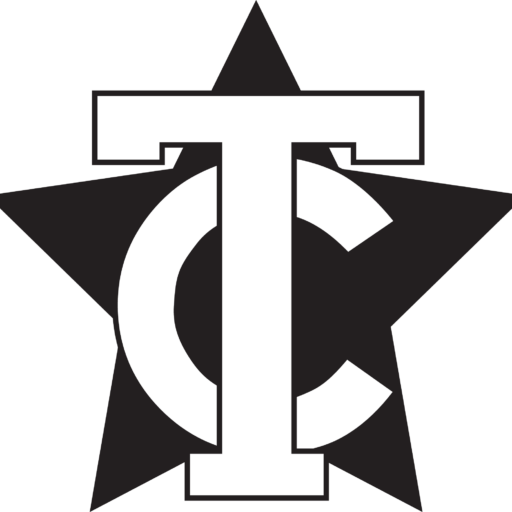Sam Hughes spoke and showed slides on bullfighting at the Nov. 12 Spanish Club meeting. Sarni, a student at T.C., took the slides while in the Navy stationed in Spain. He explained many aspects of this ancient sport, which displays courage in a contest between man and beast.
Sam showed the group a colorful poster, advertising a bullfight, and a program written in four languages: Spanish, English, German, and Italian. He explained that the rules differ from place to place.
In Spain, bullfights are on Saturday, Sunday, and holidays. The fight does not begin until the shade is at the exact center of the ring and seats are sold accordingly.
After the entrance parade of bullfighters, the picadors and banderilleros (movie matadors) proceed to make the bull mad and to tire him.
The matador may dedicate the fight to anyone he wishes. This person decides if and when to kill the bull. He does this by thumbs-up or thumbs-down.
Contrary to the belief of many, the bull is not attracted by the bright color of the cape, but by its movement. Bulls, like other animals, are color blind. Different sizes of capes are used. Varied cape sizes and stances are used by the matador in the course of the fight.
When the matador is satisfied that he can control the animal, his object is to kill the bull as soon and as quickly as possible. To get the bull in the correct position, the cape is held low to get the head down. At the perfect moment when the fighter is directly above the horns he sticks the sword sideways between the shoulders into the heart. This is the time the matador is most likely to get killed and is called the “moment of truth.” The dead bull is usually given as food to the poor of the town.
